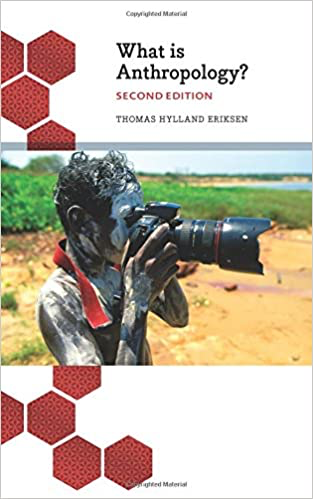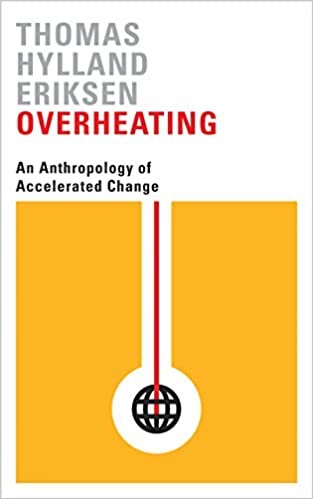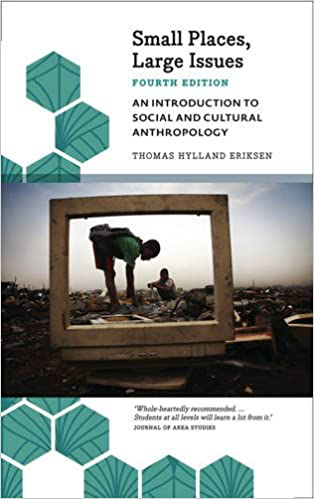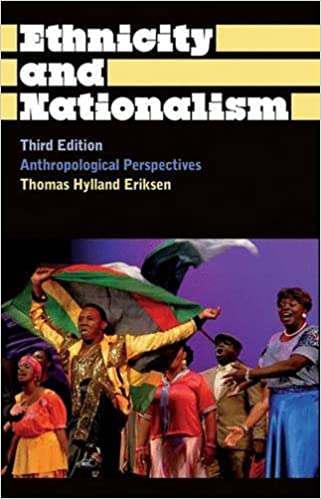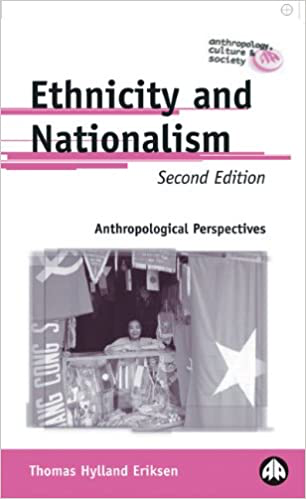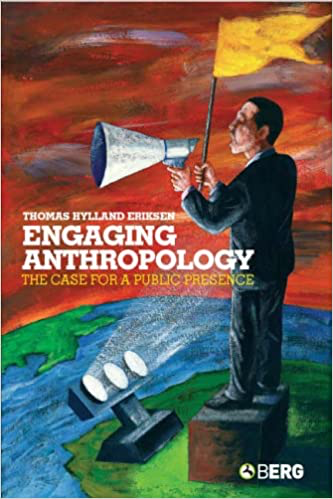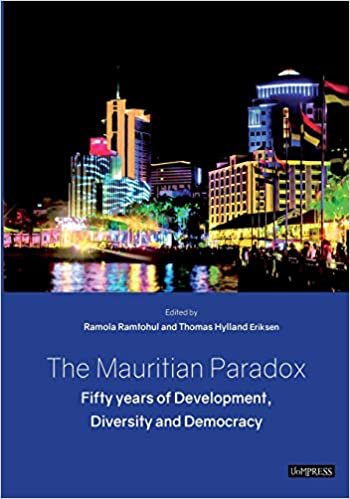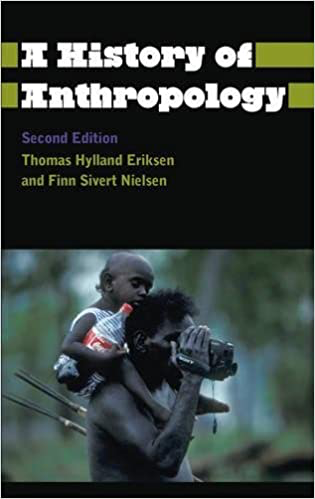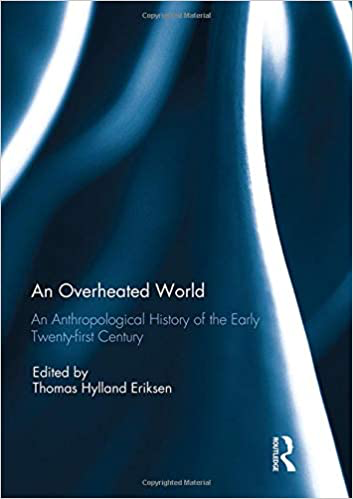After Kokoschka and Modigliani
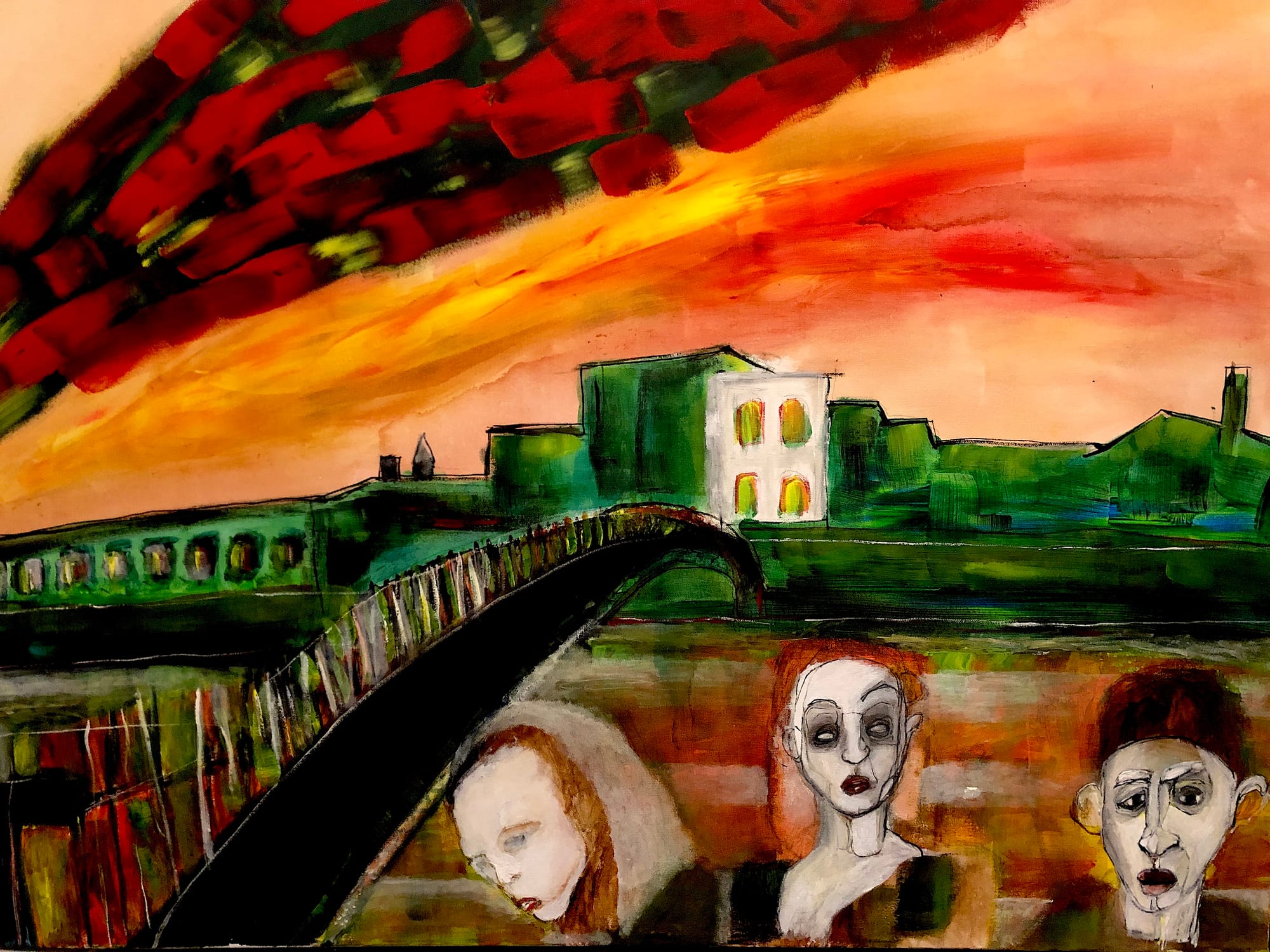
By Thomas Hylland Eriksen

In a memorable allegory, Ernest Gellner wrote that Oskar Kokoschka's world had been replaced by that of Amedeo Modigliani owing to the homogenising effects of industrial modernity and nationalism. Perhaps he was deliberately hinting at the rumour that the book was really about his childhood and the aftermath of the dissolution of three major empires – the Russian, the Ottoman and especially the Habsburg Empire, caricatured as Kakania (K. K. stands for Kaiser und König ) by Robert Musil. They all fragmented into nation-states whose leaders aimed to make the cultural boundaries congruent with the political ones, and Gellner chose two artists who flourished precisely in the twilight years of those unwieldy multinational empires. A world of many small differences (Kokoschka's explosions of colour) was replaced by a world of a few major ones (Modigliani's calm, monochrome surfaces).
An elegant visualisation of Gellner's theory of nationalism, the allegory seems dated today. It may have been appropriate as a metaphor for the decisive shift towards the nation-state, following decades of nationalist fervour, fanned and legitimated the Wilson doctrine, but it was superseded by subsequent developments gaining pace after the Second World War – migration, decolonisation, differentiation and fragmentation. So when Ulf Hannerz wrote, in a rejoinder to Gellner, about the return of Kokoschka, he had the new diversity in mind. There had been homogenisation, but diversity was back, albeit in a new guise. This was a kind of diversity which would neither be swallowed up by the ‘high culture’ of the metropolis nor be excluded from full participation in the modern nation-state, like the ‘blue people’ described in Nations and Nationalism (1983) as being immune to the ‘social entropy’ or homogenising forces of nationalism. Rather, the new diversity described by Hannerz in Transnational Connections (1996) consists in people living in a diverse, creolised cultural environment without clear boundaries, a high degree of mobility and frequently mixed or negotiable cultural identities. Yet they insist on social, political and economic equality while also claiming the right to cultural difference or the right not to be culturally different or similar to anyone; they are committed to modernity, but see it as being compatible with cultural diversity. As the growth of identity politics since the 1970s has showed, and as Gellner's theory of nationalism predicts, balancing equal rights with the right to cultural difference is not straightforward.
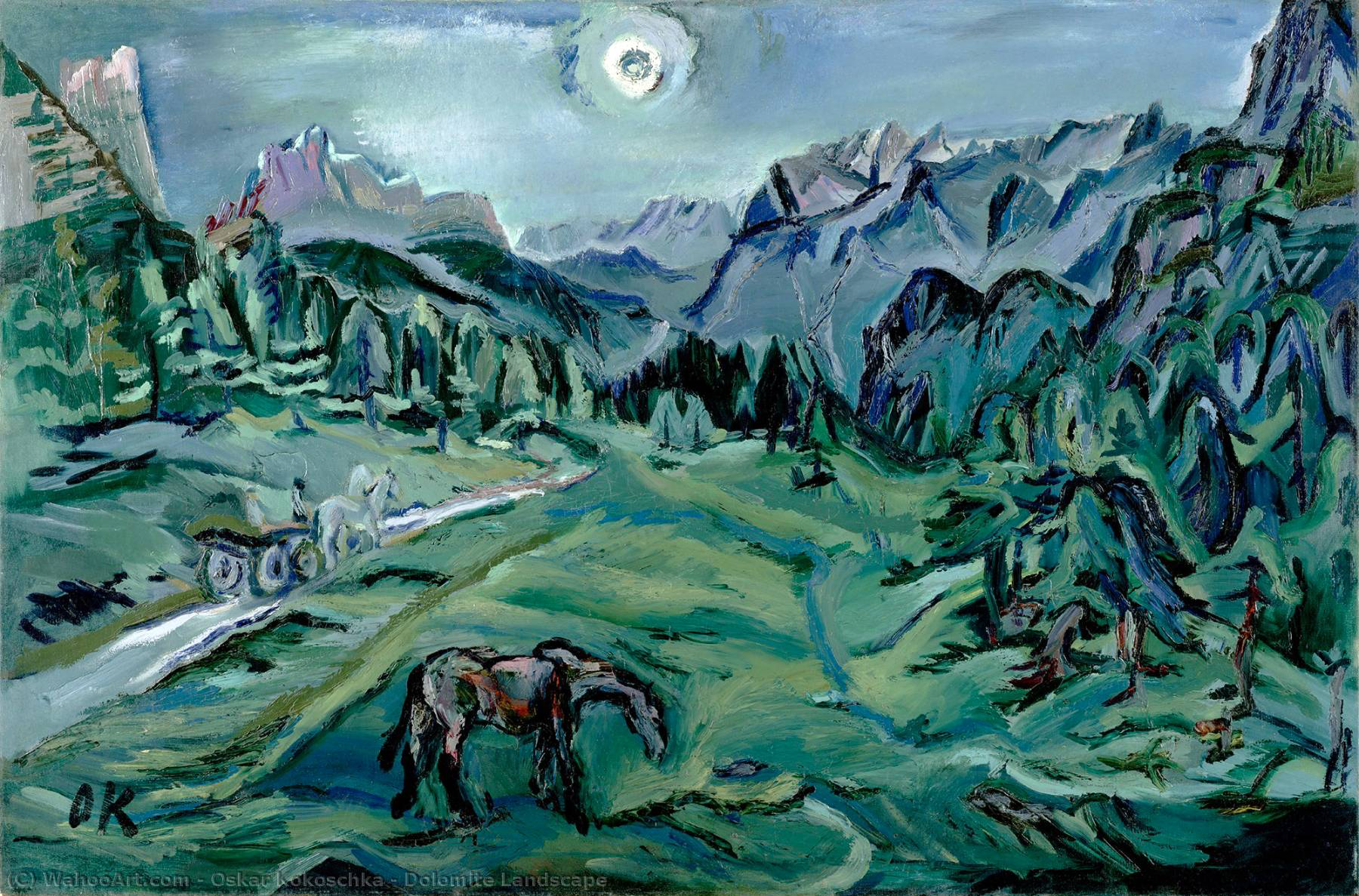
[Kokoschka: Dolomite Landscape]
The solution chosen by many ideologists of identity politics is inconsistent, but effective: They have emphasised markers of cultural difference which are normatively unproblematic (food, clothing, even religion and sometimes language), while undercommunicating or simply ignoring those expressions of difference that might form an obstacle to the full integration into a modern, complex, individualist society (e.g. kinship organisation, marriage practices, gender relations, childrearing). In other words, personhood has to be individualist for a self-proclaimed cultural minority to integrate successfully into a large-scale, complex, urban society. Choosing to wear a hijab in the self-service cafeteria of identities signifies something qualitatively different from being forced to wear it owing to pressure from fathers, brothers, husbands or Allah.
The kind of diversity expressed through ‘the return of Kokoschka‘, praised by the UNESCO and glorified in popular culture, is of a different order to the variegated world of many small differences that Gellner associates with Agraria, as opposed to Industria. We could put it like this: If, before the forces of nationalism (urbanisation, industrialisation, bureaucracies and universal primary education), you were to take a trip from Bergen to Stockholm, you would necessarily travel slowly, enabling you to notice that the inhabitants of every little village, every valley, spoke a distinct dialect and were suspicious of people in the neighbouring valley. Their social and cognitive worlds were small, bringing to mind Marx's concept of ‘rural idiocy’. The Norwegian regional dialects would segue into Swedish ones around the border. Certainly, in Stockholm, people spoke an unadulterated rikssvensk , standard Swedish, while in Bergen, citizens spoke a Dano-Norwegian with a perceptible influence from Plattdeutsch owing to the Hanseatic connection. However, it would be impossible to draw the exact line between Norwegian and Swedish regional dialects; they merged seamlessly into one another. Two hundred years later, dialectal variation on both sides of the border is much less pronounced, but as a compensation, it is now easy to draw the boundary between the two (largely mutually intelligible) languages. Kokoschka had given way to Modigliani.
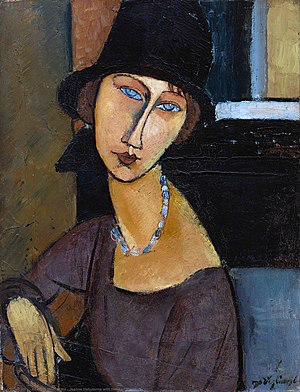
[Modigliani: Jeanne Hebuterne With Hat and Necklace]
Yet, today, a bewildering diversity of identities, with their associated ‘multiethnolects’, populate the cities of the Scandinavian peninsula. Kokoschka has returned, it seems, but in a new guise. As the anthropologist Clifford Geertz lamented, ironically, in his article ‘Anti Anti-Relativism’ in 1984: ‘[C]ultural difference will doubtless remain –the French will never eat salted butter. But the good old days of widow burning and cannibalism are gone forever.’The new diversity is nothing like the old. It may even be said that it is less diverse, since it is expressed through the idiom of individualism, choice, modernity and consumerism. As Gellner once said, people still speak different languages, but they say pretty much the same things.
It is a complicated question, therefore, whether or not Kokoschka has actually returned owing to the new diversity resulting from differentiation, fragmentation and migration. Hannerz is perfectly well aware of this problem. His extended commentary on Gellner, which refers to creolisation as a major force of contemporary cultural dynamics, suggested that the homogenisation of cultural identities did not seem to be a precondition for nationalism. His native Sweden could serve as a good case. The leader of the Socialist Left party, which has – at the time of this writing – just toppled the Social Democratic government, is called Nooshi Dadgostar. Her background is rarely mentioned in Swedish political debate.
I wonder, nonetheless, if ‘Kokoscha's return’ is an appropriate description for the current situation. The diversity praised by politically correct commetators and the transnational NGO world tends to be framed within the parameters of modernity. The cultural homogenisation described by Gellner with reference to the consequences of the Industrial Revolution continued, but group identities did not merge as a result. The ‘Blue people’ continued to describe themselves as ‘blue’, even after having to take evening classes to pick up the rudiments of the Blue language and producing doctoral dissertations on the uniqueness of Blue culture.
Could there be a third artist enabling a more accurate depiction of the new expressions of diversity? In the pre-modern world, self-identification by means of cultural concepts was unnecessary – it went without saying because it came without saying; in the early modern world, lots of people did their best to leave the rural, quaint and embarrassing ways of their parents behind; but in the current world, many do their best to recover the culture that their grandparents had without knowing it, and which their parents did their best to forget. They do so to varying degrees and in different ways, leading the social scientist Steven Vertovec to coin the term super-diversity to describe the contemporary, post-plural world.
Victor Vasarely's art comes to mind. This French–Hungarian artist certainly excels in colour and symmetry, and was influential in the generation after Kokoschka. However, there is a coldness to Vasarely's geometrical art that brings social engineering, computer programmes and artificial intelligence (or stupidity) to mind at this time. Perhaps Paul Gauguin's extravagant paintings from the Caribbean and Polynesia, from a slightly earlier period, might capture some of the complexity of the current era? I don't think so. There is too much Romantic exoticism and, ultimately, essentialism in his work for it to be useful. What about Henri Rousseau as a successor to Kokoschka's flurry of disjointed colour and Modigliani's patrolled borders? Rousseau's paintings are characterised by vivid colour, lush vegetation and the frequent appearance of strange animals peering curiously at the spectator. At a first glance, these animals appear strikingly different from you and me, but at second glance, you can look them in the eye, discovering with a slight shock that you are looking at a mirror-image of yourself. This is what characterises the present era, not the incommensurability of the pre-modern world, nor the homogenisation of the era of optimistic nation-building, but an insistent, reflexive diversity held together by shared assumptions about almost everything.
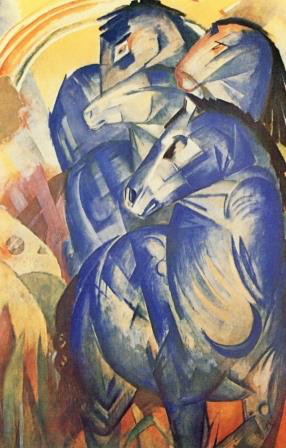
[Kandinski: Tower of Blue Horses]
Yet at the end of the day, Rousseau’s voluptuous art comes across as too benign and harmonious to capture the many confusing paradoxes and uncertainties characterising contemporary dynamics of culture and identity. Staying within the chronotope of the Habsburg Empire as a point of gravity, I should like to propose Wassily Kandinsky as a worthy successor to Kokoschka's ‘riot of colour’ and Modigliani's controlled calmness. Perhaps especially in his ‘Blue Rider period’ (1911–14), Kandinsky straddled the boundary between the representational and the non-figurative, tentatively sketching a partly amorphous world where boundaries are never absolute, ideologies oscillate between fundamentalism and ambivalence, and where keeping national identities credible, which was always hard work, has become a formidable uphill struggle during the nearly four decades which has passed since the publication of Nations and Nationalism in 1983.

About the Author
Thomas Hylland Eriksen is a professor of social anthropology at the University of Oslo and an External Scientific Member of the Max Planck Society.
His books include:
